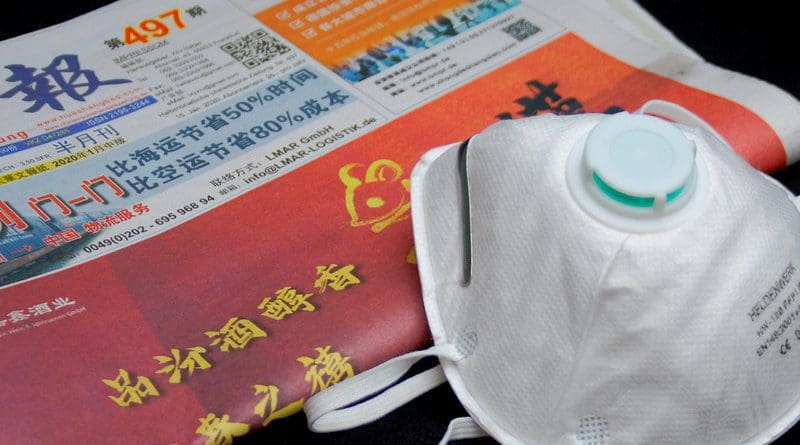China Clings To COVID-19 Zero – Analysis
By Bingqin Li*
As more countries loosen their pandemic restrictions, many want to know when China will abandon its zero-case strategy (dongtai qingling) and end its quarantine requirements. The International Monetary Fund claims that sticking to the zero-case strategy is economically damaging to China and the rest of the world. Others suggest that the Chinese people are suffering from ‘too many restrictions’.
The negative impacts of the zero-case approach on the Chinese economy may have been exaggerated. Many people still think the risks of opening up are substantial. Chinese policymakers are waiting to see evidence from other countries before winding back their current policy.
In the early days of the pandemic, some analysts thought that a strict lockdown was the ideal solution for a large and densely populated country. With limited ICU facilities, ventilators and health professionals, curbing the outbreak was crucial. After health codes and digital contact tracing became available, there was no need for sustained citywide lockdowns.
Strict lockdowns are very disruptive to daily life. China only had one country-wide lockdown, which lasted 76 days. Subsequent lockdowns were confined to specific high-risk areas as cases emerged. These mini lockdowns typically lasted around two weeks, with the rest of the city or region returning to normal life within several days after full population testing and tracing.
The lockdown in Tianjin lasting from 8–31 January 2022 is a good example. Tianjin tested 14 million people and identified 28 housing estates as ‘high risk’ and locked them down. Testing, tracing and quarantine reduced the lockdown locations to 13 estates and 25 buildings. During this period, residents of low-risk areas led normal lives but had to remain within their immediate neighbourhood and do four COVID-19 tests. The testing regime was modified over time to reduce queuing time. Testing stations were set up in each housing estate. The last citywide test took just four and a half hours, and each person only spent 10–15 minutes getting tested.
Media reports on local lockdowns have been frequent, generating the impression that people regularly experience lockdowns. There are 687 cities in China, each with thousands of estates. The probability of the average person experiencing a full lockdown was and is still small.
While some people have complained about the inconvenience caused by the zero-case approach, most people feel safer under this policy. This was apparent in the heavy criticism Dr Zhang Wenhong, a trusted professional voice throughout the pandemic, faced when he argued for co-existing with the virus.
The zero-case strategy resembles China’s campaign-style governance that dates back to the 1950s. These campaigns usually start at the city level and filter down to the district and community levels. Before COVID-19, there was already a well-established framework for fine-grained community governance. While some people are concerned that the zero-case policy is overkill, there is not much concern that it will fail.
An economic downturn accompanied the major lockdown in 2020. But the Chinese economy quickly recovered with a growth rate of 8.1 per cent in 2021 and 12.7 million new jobs created since 2020. Foreign investment in 2021 increased by nearly 15 per cent from 2020 and exports increased by 21.2 per cent in 2020 and 29.9 per cent in 2021. Some observers even attributed the economic recovery to China’s zero-case strategy and argued that the global supply chain could be threatened rather than restored if China abandoned the approach.
The many posts circulating on Chinese social media since June 2020 indicate there is an active search for evidence from other countries to support reopening. Early hopes of opening up were dashed when front runners, such as the United Kingdom and Australia, reintroduced restrictions again after opening.
The United States and Germany have been hailed as possible success stories, but their ICU and critical care beds per 100,000 people are the highest in the world, at 29.4 and 38.7 respectively, in contrast to China’s 3.6. Even with a vaccination rate of nearly 90 per cent, the risk of an overwhelmed healthcare system remains high.
The decision on when China will open its border to international visitors will depend on the domestic health system capability, the state of the pandemic, and its economic impact. It is not realistic for a fifth of the world’s population to remain isolated in the long run. In the short term, China is waiting for solid evidence of the end of the pandemic, the arrival of effective treatment or examples of countries that have opened up safely and successfully.
*About the author: Bingqin Li is Professor and Director of the Chinese Social Policy Stream at the Social Policy Research Centre, University of New South Wales (UNSW), Sydney.
Source: This article was published by East Asia Forum

